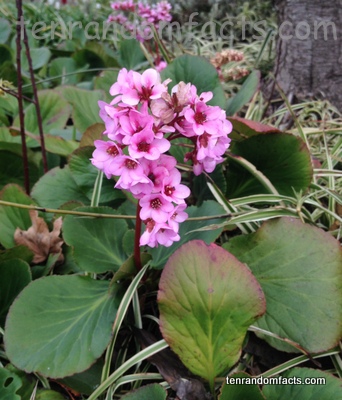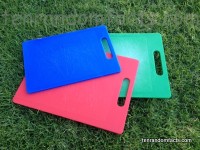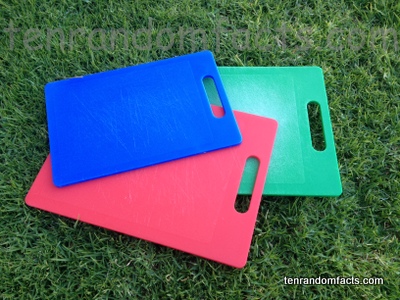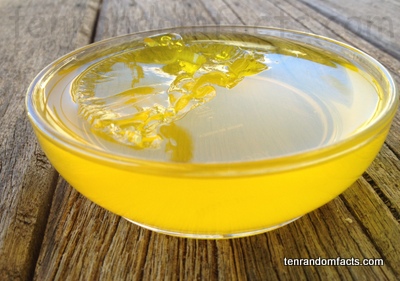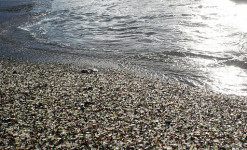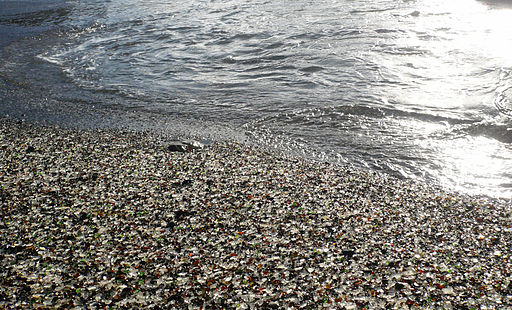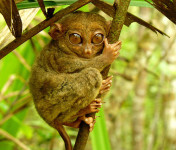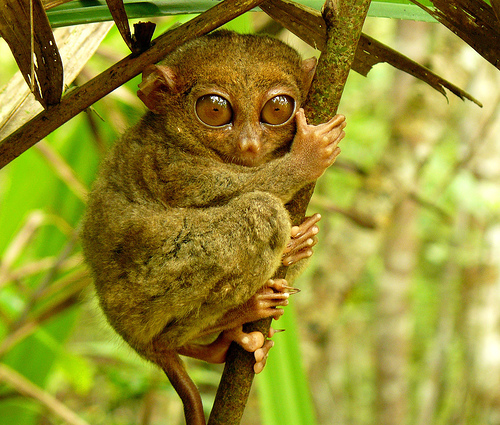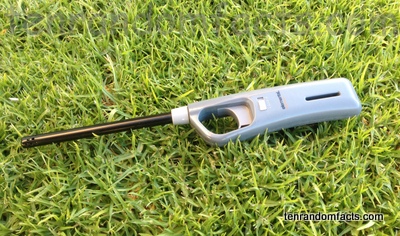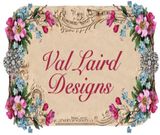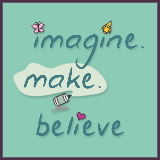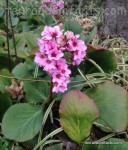
How many names for Bergenia crassifolia do you know?
- Bergenia crassifolia are evergreen flowing plants native to Asia, in the central to eastern areas.
- Bergenia crassifolia are from the family Saxifragaceae, a family of flowering plants that have both female and male reproductive organs, and are radially symmetrical.
- ‘Bergenia crassifolia’ is also known as ‘Siberian tea’, ‘pig-squeak’, badan’, ‘Mongolian tea’, ‘winter-blooming bergenia’, ‘leather bergenia’ and ‘elephant’s ears’.
- ‘Crassifolia’ in the word ‘Bergenia crassifolia’ refers to the thick, spoon shaped leaves of the plant, and ‘crass’ and ‘folia’ are Latin for ‘thick’ and ‘leaves’ respectively.
- Bergenia crassifolia are very hardy plants and grow best in full sun, but can also grown in part shade.
- Bergenia crassifolia flowers are small and coloured pink, and grow in clusters on single stems that sit above the leaves.
- Bergenia crassifolia have large leaves that can make a pig like noise when rubbed together, hence the common name ‘pig-squeak’, and are coloured green, and can turn a red brown colour in cool weather.
- Bergenia crassifolia blooms during spring and winter months and is often used decoratively, particularly as cut flowers.
- Bergenia crassifolia ranges 30 to 60 centimetres (12 to 23 inches) in height.
- Bergenia crassifolia leaves can be used to make a tea beverage, and the roots and leaves have a significant tannin content, which can be useful for leather tanning and wine making.
Bibliography:
Bergenia crassifolia, 2012, Perennials, http://www.perennials.com/plants/bergenia-crassifolia.html
Bergenia crassifolia, 2013, Wikipedia, http://en.wikipedia.org/wiki/Bergenia_crassifolia
Bergenia crassifolia – (L.)Fritsch., n.d, Plant for a Future, http://www.pfaf.org/user/plant.aspx?latinname=Bergenia+crassifolia





